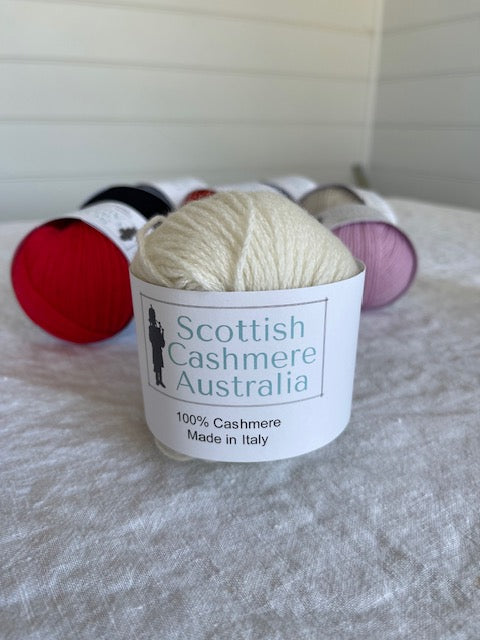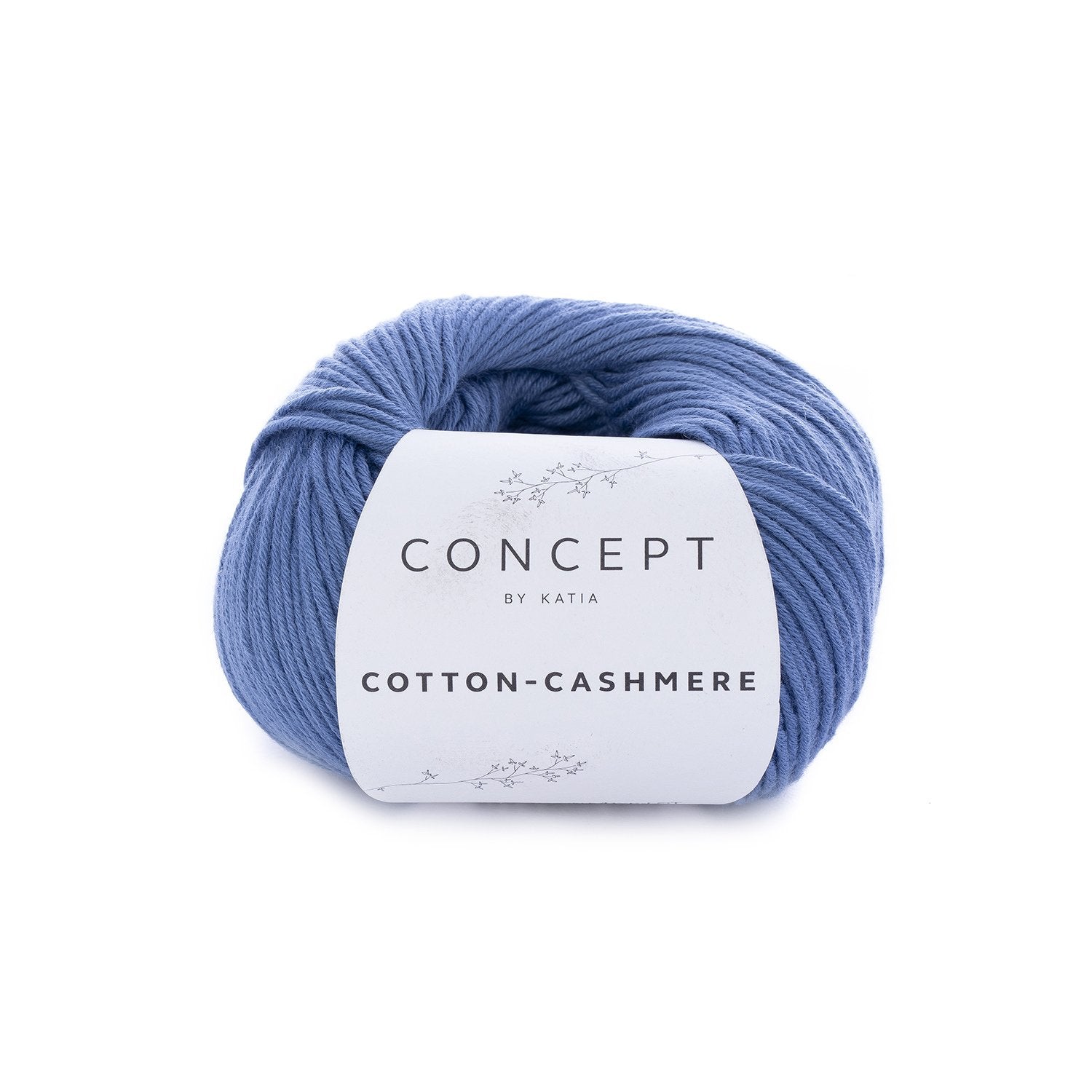The Advantages of cashmere fibre: Why It’s the Most Desired Material
The Advantages of cashmere fibre: Why It’s the Most Desired Material
Blog Article
Exploring the Different Sorts Of Cashmere a Natural Fiber for Ultimate High-end
Cashmere, an all-natural fiber, is typically connected with deluxe and comfort. Nonetheless, not all cashmere is created equal. From the richly soft Mongolian range to the light-weight warmth of Indian Pashmina, each kind offers its very own unique functions and attraction. The more affordable Chinese cashmere, the standard Scottish version, and the premium Italian blend, all inform a different story of this remarkable fiber. As we decipher the globe of cashmere, a much deeper understanding of its real value and elegance begins to emerge.
Recognizing the Elegant Nature of Cashmere
Cashmere, usually connected with luxury and convenience, holds a distinct attraction in the globe of all-natural fibers. Unlike other all-natural fibers, cashmere combines insulation with breathability, using unrivaled convenience across differing temperatures. Its shiny finish and soft structure contribute to its premium charm, justifying the costs rate that often comes with cashmere garments.
Just What Is Cashmere and Where Does It Originate from?

Cashmere is acquired from the soft undercoat of cashmere goats, primarily found in Mongolia, China, Iran, and Afghanistan. This precise process contributes to the shortage and high expense of cashmere. With its beginning in the extreme landscapes of Asia, cashmere is a testimony to nature's capacity to generate high-end from difficulty.
Translating the Various Sorts Of Cashmere
Understanding the various types of cashmere is vital to appreciating the high quality and distinct attributes of this lavish material. Usually, cashmere is classified right into 3 types: raw, virgin, and recycled. Raw cashmere is directly gotten from the goat and is unrefined. This kind usually has contaminations such as dust and coarse hair. Virgin cashmere, on the other hand, is the pure, unrecycled material that is rotated right into yarn for the very first time. It is the softest and most glamorous. Recycled cashmere is made from virgin material that has actually been formerly used. It is re-spun and made use of in creating lower-cost cashmere items. Decoding these kinds is the first action in recognizing the exclusivity and value of cashmere.

The Special Characteristics of Each Kind Of Cashmere
Having actually explored the various categories of cashmere, it comes to be obvious that each kind flaunts its one-of-a-kind set of characteristics. Mongolian cashmere, for circumstances, is renowned for its remarkable quality, due to Mongolia's rough wintertimes that produce longer and finer fibers. Alternatively, Chinese cashmere is typically more budget friendly, though its shorter fibers can minimize sturdiness.
Why Cashmere Is the Embodiment of High-end in Fashion
Cashmere holds an esteemed setting on the planet of style, considered an icon of luxury and class. Its attraction is not just in its gentleness and warmth, yet likewise in its rarity and the thorough procedure included in its purchase. Cashmere is originated from the great undercoat of Himalayan goats, understood for their premium quality fiber. The scarcity of this fiber, integrated with the labor-intensive procedure of collection, adds to its high rate and special condition. Furthermore, cashmere's exceptional convenience and longevity make it a popular material in the creation of premium garments. Its natural light-weight and insulating properties contribute click here to find out more to its worth, making it the embodiment of high-end in style.
The Process of Making Cashmere: From Goat to Garment
The trip of cashmere, from being an undercoat of a Himalayan goat to a glamorous garment, is a complex one. With the introduction of spring, farmers in Mongolia and China collect the woollen by combing the goats, guaranteeing no harm is done. The acquired woollen includes rugged outer hair and soft downy undercoat. This mix is after that meticulously separated, with just the soft down utilized for cashmere. This raw cashmere is washed, colored and rotated into thread. The yarn is after that woven or weaved into textiles. The last step entails cleaning and pressing to give the textile its characteristic gentleness and heat. From goat to garment, each action is a testament to the perseverance, skill and virtuosity involved in crafting cashmere.

Conclusion
In conclusion, cashmere, with its natural style and unmatched convenience, preponderates in the world of luxury style. The diversity in kinds, varying from the soft Mongolian, lightweight Indian Pashmina, economical Chinese, conventional Scottish, to the vivid Italian, discloses the flexibility of this natural fiber. The scrupulous process of changing it from a goat to a garment even more includes in its exclusivity, making cashmere the click for more embodiment of elegance and deluxe.
Cashmere, an all-natural fiber, is usually linked with high-end and convenience (is cashmere a natural fiber).Cashmere, commonly associated with deluxe and comfort, holds an one-of-a-kind appeal in the globe of all-natural fibers. Unlike other all-natural fibers, cashmere combines insulation with breathability, providing unmatched comfort throughout varying temperatures. Cashmere is derived from the soft undercoat of cashmere goats, mostly found in Mongolia, China, Iran, and Afghanistan. Cashmere view website is obtained from the great undercoat of Himalayan goats, understood for their superior high quality fiber
Report this page